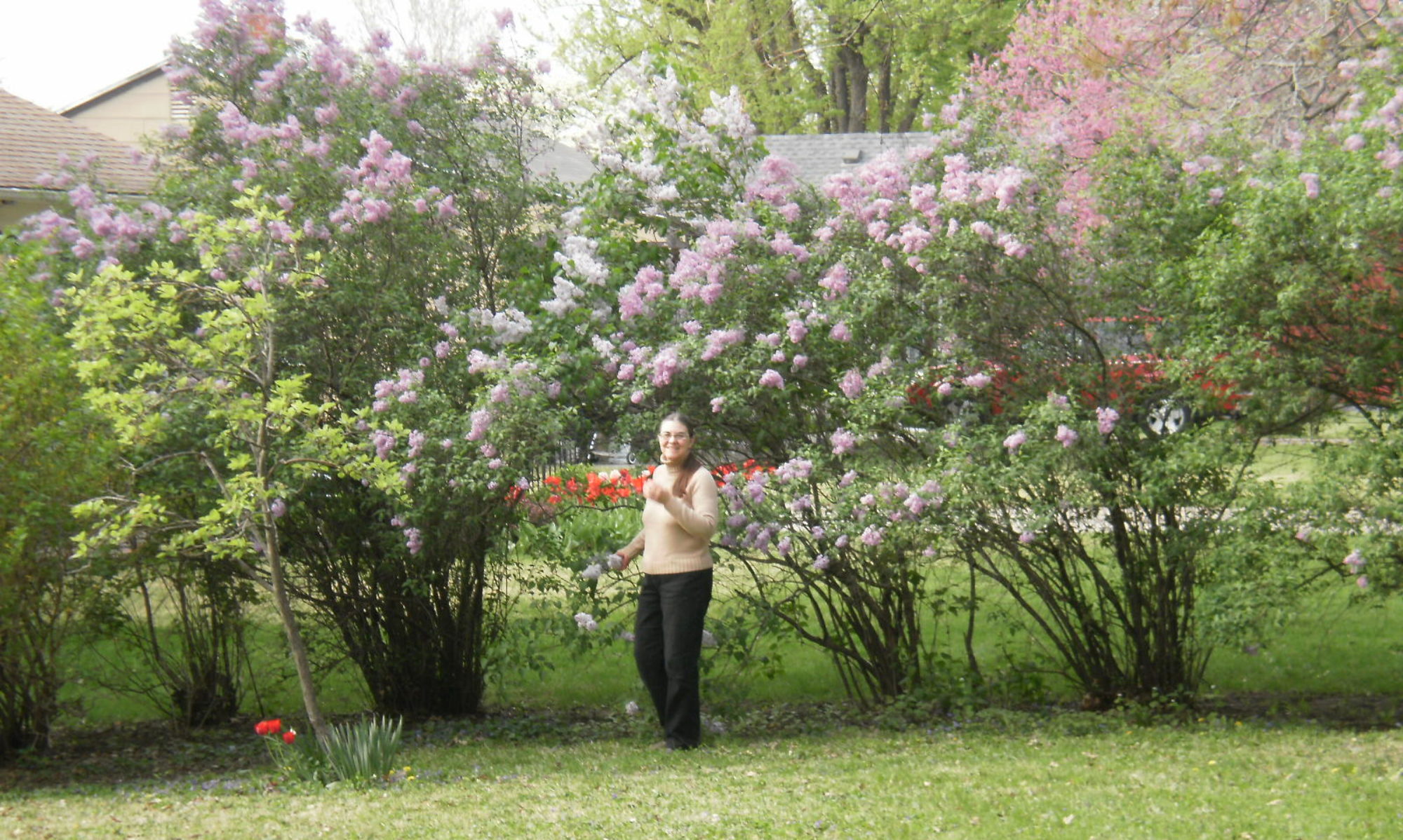Glassy-eyed rescue workers sort through rubble hoping to find one more person alive, an all too familiar scene that could be from any number of disasters that occur in any given year. Bombings, floods, earthquakes—sometimes they are only news stories, sometimes they are very close to home. They are called mass casualty situations in the hospitals that take the wounded from helicopters and ambulances into emergency rooms. When it’s over, some questions are asked and some answered: “Why?” “Who lived?” “ Who will go home whole?” But the last question remains: Who will heal the healers?
Search and rescue dogs are routinely used in a disaster’s aftermath. Toward the end of a rescue operation, the dogs may become depressed when no one is found alive. Because of this, they are given a final task: that of finding someone whom the rescuers have “planted.” A volunteer is deliberately lost so the dog can end the search with the happy discovery of finding a living person. Human rescuers aren’t so lucky nor could they be so easily fooled. Who will rescue the rescuers?
A beloved family member, covener, or friend faces illness, injury, death. Supporting that person, being available to them is our only focus. Finally, when the situation begins to resolve, or perhaps does not resolve, dragging on and on, the supporters begin to feel themselves crumbling. Who will be strong
for the strong?
While prayer, meditation, and religious faith can provide solace to the grieving, wounded, and lost, ultimately people help people. A sympathetic ear provides more support, a hug of genuine concern gives more strength than any tool or rite or ritual, social or religious. Though we may seek some resolution through the rituals of funerals or memorial services, the mourning process cannot end on command. Even a happy resolution cannot immediately bring to an end a long period of stress and worry. Like a ripple in water, the effects of grief and illness spread in ever widening circles. Those farthest from the center, at the farthest ring from the tragedy may lend strength to those nearer, and the ripple moves back again toward the center, waves of compassion and understanding, comfort and support. The less we are personally affected, the more strength we can lend to those closer to the source. All that is required is a little of our time, the awareness that others may be in pain, the willingness to listen.
We as healers and supporters must in turn find supporters from whom we can borrow strength. Just as we comfort those who grieve, we must remember to let those around us support us as we grieve or share the pain of those who grieve. By this eternal chain we link ourselves to the greatest support system of all. For in the end the answer to “Who will heal the healers?” is “All of humanity. ”
